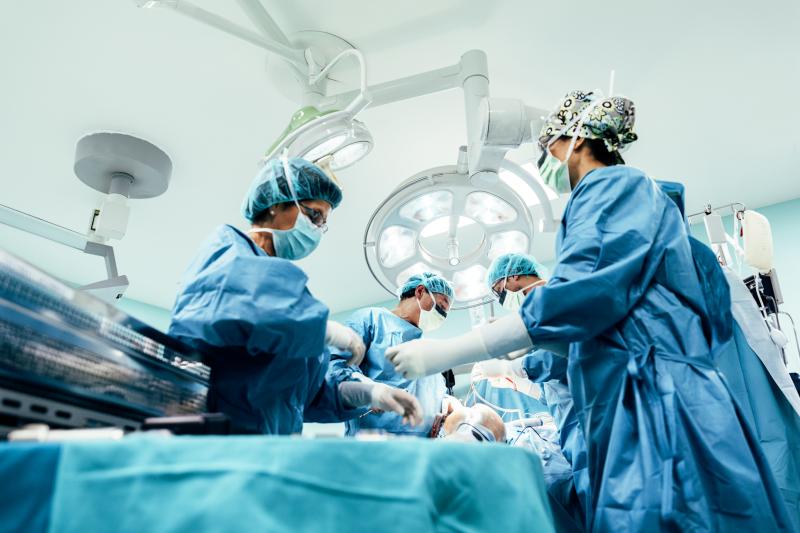Sun 19 May 2019:
Surgeries usually require patients to go under a surgeon’s scalpel. But, this may differ in the near future, as researchers from the University of British Columbia (UBC) developed a specialized microscope that has the potential ability to both diagnose diseases that include skin cancer and perform incredibly precise surgery, all without cutting skin.
The researchers described the technology in a study published in the journal Science Advances. “Our technology allows us to scan tissue quickly, and when we see a suspicious or abnormal cell structure, we can perform ultra-precise surgery and selectively treat the unwanted or diseased structure within the tissue without cutting into the skin,” they said. The new technique relies on a specialized type of multiphoton excitation microscope that allows imaging of living tissue up to about one millimeter in depth using an ultrafast infrared laser beam. When the device detects an abnormal tissue, it treats it by intensifying the heat produced by the laser.
What sets the researchers’ microscope apart from previous technology is the medical achievement, as many research teams had previously used laser in diagnosis, Dr. Haishan Zeng, senior author and professor of dermatology, and pathology at UBC told Asharq Al-Awsat. For their study, the researchers used the new technique to treat 83 blood vessels in the ears of 12 mice, and reached promising results that will likely be applicable in humans.
“When applied to treating diseases of the human skin, the microscope allows medical professionals to pinpoint the exact location of the abnormality, diagnose it and treat it instantly. It could be used to treat any structure of the body that is reached by light and that requires extremely precise treatment, including nerves or blood vessels in the skin, eye, or brain,” said Dr. Zeng.
“It’s a revolutionary technique in the treatment of diseases, as it will allow doctors to alter the pathway of blood vessels without impacting any of the surrounding vessels or tissues,” he explained.
Think your friends would be interested? Share this story!





